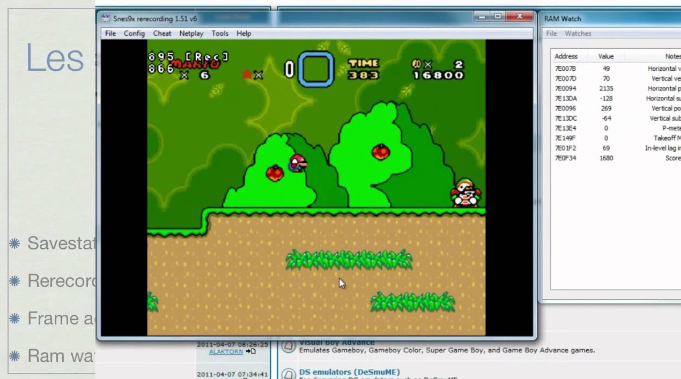The Brilliance of Tool Assisted Superplay
April 25, 2022
There comes a point in time in every video game playthrough where you make a terrible mistake that changes the course of your entire play session. Perhaps it’s a bad dialog choice in a telltale game or a miss-input on a Street Fighter match. Even worse, maybe you did everything right but you just got a lackluster dice roll in Mario Party.
But what if you didn’t make that mistake? What if you never made any mistakes ever again? That is the concept of a tool-assisted superplay. A game played perfectly, with the perfect amount of luck, the perfect decision making, and the perfect inputs being made at the perfect time.
The method of creating a TAS is actually quite simple. Using an emulator, the player slows down the game to a standstill, then advances frame by frame. This allows the player to really think about every possible outcome of their moves, like a chess player with unlimited time to think. If the player ever does make a mistake, they can revert to a previous point in time within the game using what is called a save state. And in points of the game where luck is necessary, the player can modify the game’s internal workings to ensure the exact outcome they want.
The most common use of TAS is for speed-running, where the player attempts to show what a theoretical perfect speedrun would look like. These videos are quite fascinating to watch and are a testament to how we could always be better at the games we play. So if you ever feel too confident in the games you play, look up a TAS of it.









